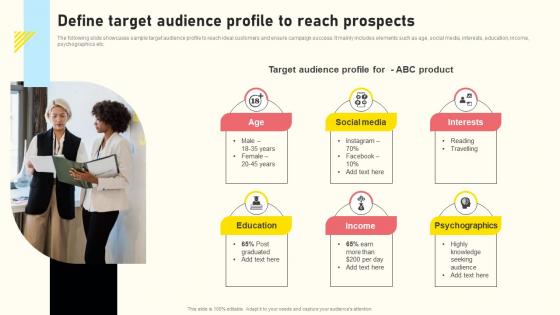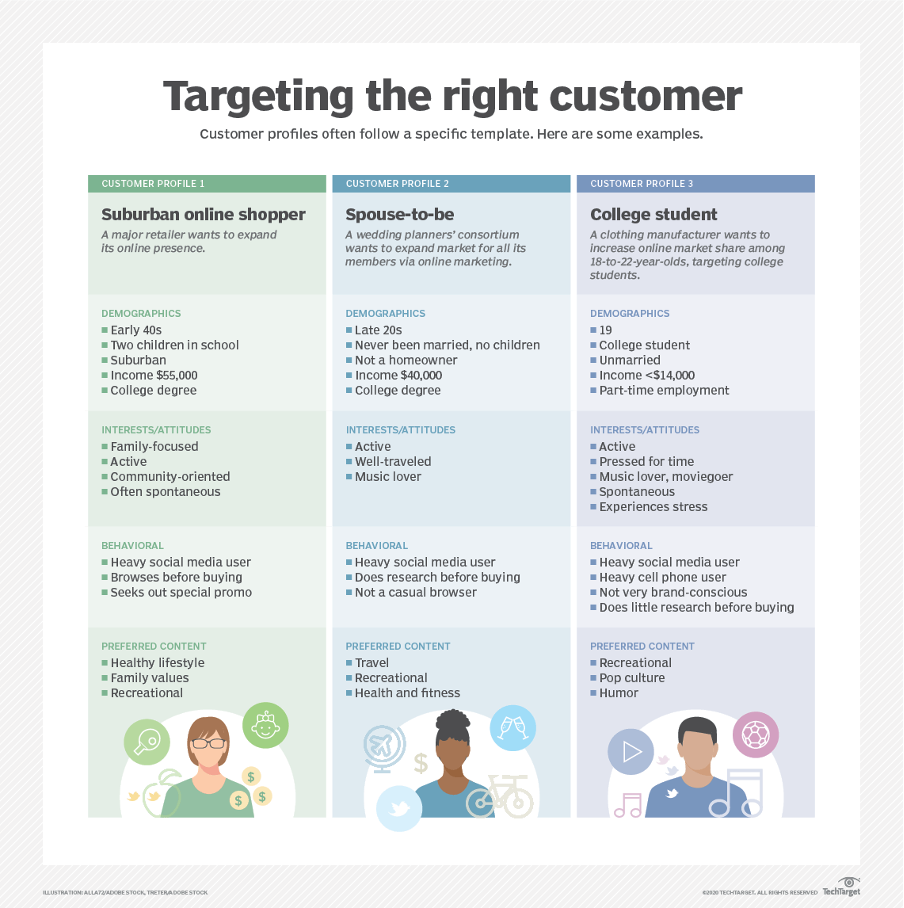Target Audience Profiling in Canada
Demographic Segmentation
- Population: Canada’s population in early 2025 was 39.9 million, with a median age of 40.6.
- Gender: 50.3% female, 49.7% male.
- Age Distribution: The largest age groups are 25–34 (14.1%), 35–44 (13.9%), and 65+ (20.3%).
- Urban vs. Rural: 82.1% live in urban centres, 17.9% in rural areas.
- Social Media Usage: 79.4% of Canadians use social media, with Instagram especially popular among 25–34-year-olds (30.9% of users), followed by 18–24 (23.8%) and 35–44 (19.8%).
Psychographic and Behavioural Segmentation
- Interests and Values: Canadians’ interests vary by region, age, and lifestyle. For example, younger audiences are more engaged on platforms like Instagram and TikTok, while older demographics may prefer Facebook or traditional media.
- Purchasing Habits: Marketers often segment by product usage, brand loyalty, and seasonal trends. For instance, fitness products might be marketed differently to young adults (high-intensity, trendy) versus seniors (low-impact, health-focused).
- Income and Education: These factors also influence consumer behaviour, though specific data is not provided in the search results.
Regional Preferences in Canada
Provincial and Cultural Differences
- Language: Canada is officially bilingual, but French is predominant in Quebec, while English dominates elsewhere. Content localization must consider language preferences, especially in Quebec.
- Industry Focus: Regional economies shape interests—e.g., Alberta’s oil and gas sector influences local content relevance.
- Cultural Nuances: Each province has unique traditions and identities. Marketing should reflect these to resonate locally.
- Urban vs. Rural: Urban audiences may respond to different messaging than rural ones, given differences in lifestyle, access to services, and media consumption.
Geographic Targeting Strategies
- Climate-Based Messaging: Winter clothing campaigns in colder regions (e.g., Prairies, Northern Canada) emphasize warmth and durability, while milder regions (e.g., British Columbia’s coast) focus on lighter options.
- Local Influencers: Using region-specific influencers can enhance engagement by aligning with local trust and cultural context.
- Media Preferences: Trust in media varies regionally—mainstream media is more trusted in Eastern Canada than in the West.
Practical Approaches for Marketers
- Conduct Market Research: Analyze regional data to understand local preferences, language, and cultural context.
- Segment Audiences: Use demographics, geographics, psychographics, and behaviour to create tailored campaigns.
- Localize Content: Adapt messaging, imagery, and language to reflect provincial identities and preferences.
- Leverage Geotargeting: Use digital tools to deliver personalized promotions and location-based campaigns.
- Monitor Trends: Stay updated on social media platform popularity and generational habits, as these evolve rapidly.
Summary Table: Key Segmentation Factors
| Factor | Urban Canada | Rural Canada | Quebec | Alberta |
|---|---|---|---|---|
| Language | Mostly English | Mostly English | Predominantly French | Mostly English |
| Media Trust | Mixed, digital-heavy | Traditional media stronger | Mainstream media trusted | Varies |
| Key Industries | Services, tech, finance | Agriculture, natural resources | Manufacturing, culture | Oil & gas, energy |
| Social Media | High engagement, diverse | Lower engagement, Facebook | Facebook, local platforms | Instagram, LinkedIn |
| Climate Messaging | Seasonal, urban lifestyle | Seasonal, outdoor lifestyle | Seasonal, cultural events | Seasonal, industry-focused |
Conclusion
Effective target audience profiling in Canada requires a nuanced understanding of demographic, geographic, and psychographic differences across provinces and communities. Successful campaigns localize content to reflect regional identities, language preferences, and cultural nuances, while leveraging data-driven segmentation and geotargeting to maximize relevance and engagement.




















Maple Ranking offers the highest quality website traffic services in Canada. We provide a variety of traffic services for our clients, including website traffic, desktop traffic, mobile traffic, Google traffic, search traffic, eCommerce traffic, YouTube traffic, and TikTok traffic. Our website boasts a 100% customer satisfaction rate, so you can confidently purchase large amounts of SEO traffic online. For just 720 PHP per month, you can immediately increase website traffic, improve SEO performance, and boost sales!
Having trouble choosing a traffic package? Contact us, and our staff will assist you.
Free consultation